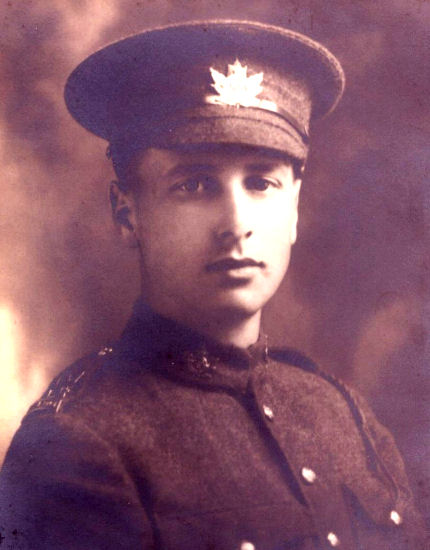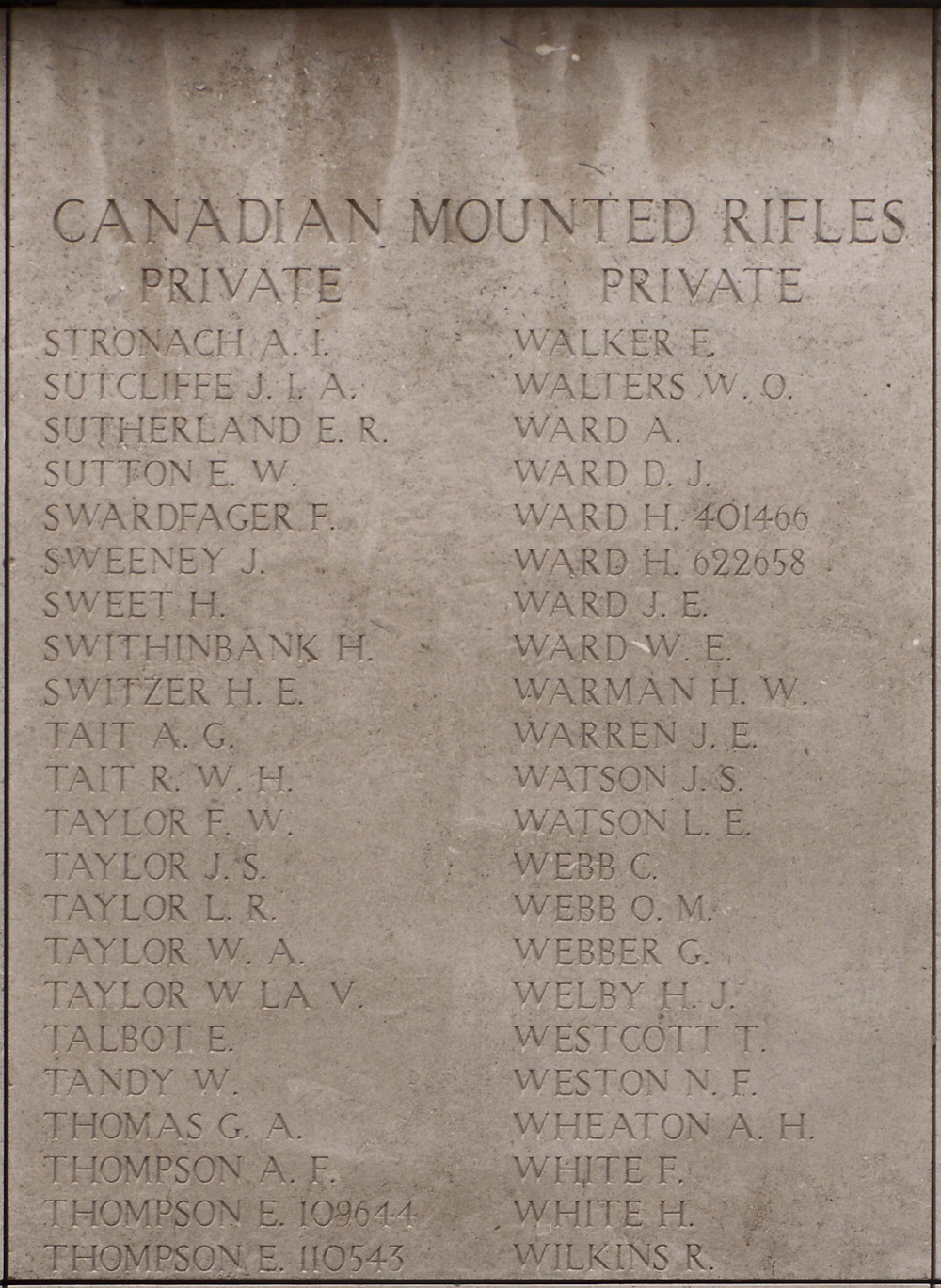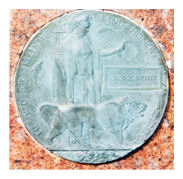
838606 Pte. George Webber was born on October 1st, 1893, into a farming family in Normanby Township, in the County of Grey, near the town of Durham.
One of four children born to James and Martha Webber, George attended the local, one room schoolhouse on the 2nd concession, SS number one. He toiled away on the family farm, enjoying cool dips in the nearby streams on those hot, humid summer days and hunting to supplement the family's table.
An idyllic life for a young man, but youth is fading and when he enlisted with his county's Battalion, George was a strapping 5' 9", twenty-three year old.
George attested into the 147th (Grey) Battalion on the 10th of January, 1916, and would have been billeted locally during that winter, undergoing local training as the Battalion was still in its infancy and there was no local infrastructure to house so many men in one location.
In the spring of 1916 he accompanied the Battalion to Camp Niagara, and from there they were moved to Camp Borden, a newly founded training area some thirty miles west of the City of Barrie. When the 147th Battalion arrived, there was very little in the way of infrastructure and the Battalion was put to work clearing the bush to facilitate the camp's construction. The Battalion underwent the vast majority of their training at Camp Borden, as it was a large training area that allowed for divisional exercises.
In September, 1916, the 147th received word that they were heading overseas. They were given leave to go home prior to breaking camp and George made his way back to the family farm. On the day he left to return to Camp Borden, his brother, Robert (Bob), drove him by horse and buggy to the train station in Durham. On the drive down from the farmhouse they passed through the gateway to their property. While crossing through the gateway, George turned to his brother "Bob" and remarked that this would be the time he would ever pass through that gateway.
This sense of fatalism would continue to haunt George throughout his service and permeate into his letter's home. In one such letter, written to his sister, Margaret, he inferred that artillery would be his demise. George was taken on strength with the 4th CMR on the 22nd of April, 1917, and he would be with the unit a full six months - a life time for those on the sharp end.

On the 26th of October, 1917, during the opening of the Battle of Passchendaele, George was killed. That his remains where never found lends credence to his premonition on how he was going to die. With no known grave, George Webber's name can be found on Tablet E, Panel 32 of the Menin Gate Memorial, in Ypres (now Ieper), as well as the Durham Cenotaph.

His family eventually received the Governmental tokens of bereavement in the form of the Memorial Cross and the Memorial plaque and scroll.
These are very small tokens to a family who has lost one of their own, or to a Mother who has lost a Son.
Many families took offence to these items and disposed of them in anger. While others were to be lost through time and carelessness.
Martha Webber, however, held them in esteem, for when Martha passed away, she was buried with the Memorial Cross. The Memorial Plaque dedicated to her son can be seen to this day, as she had it inlaid into her headstone.
Please click on the above image to see a larger version of the Menin Gate Tablet E, Panel 32 with George's name on it.
Credit and many thanks go to George Auer for the above biography and supply of the images of George Webber and his Plaque.
Menin Gate Tablet E, Panel 32 image supplied by 4cmr.com.